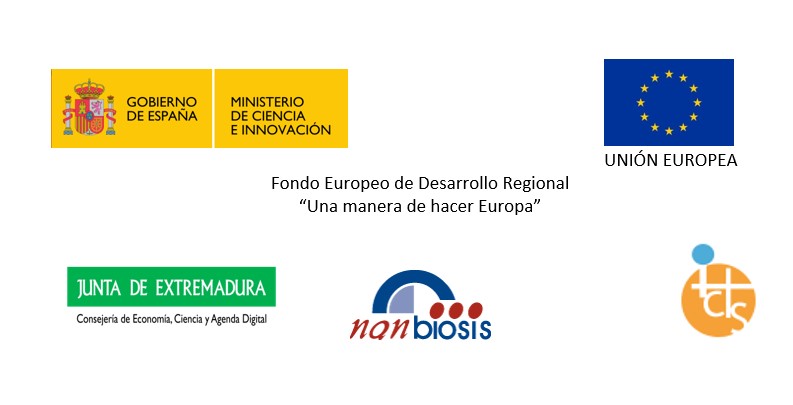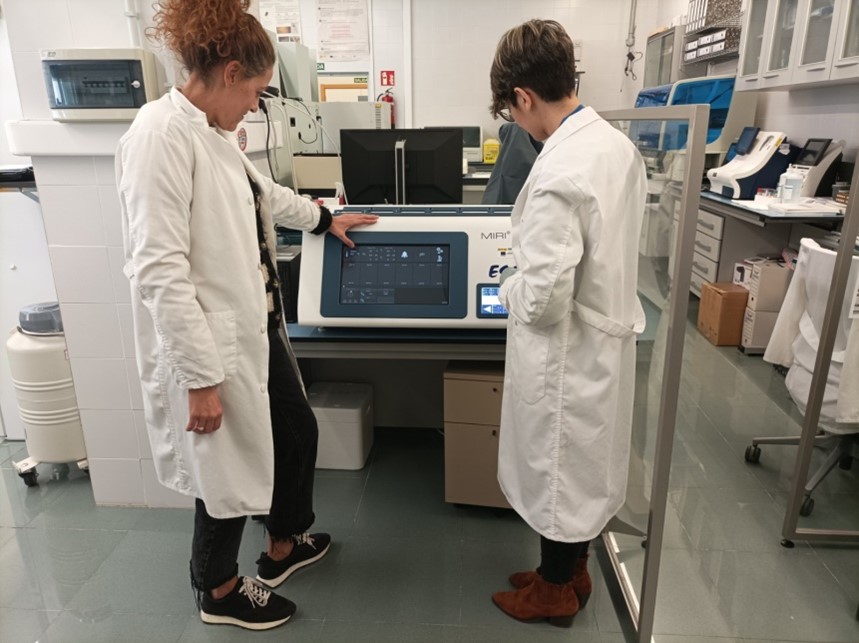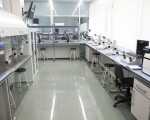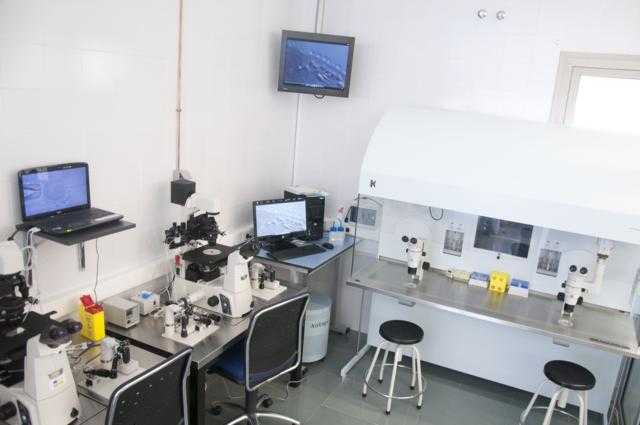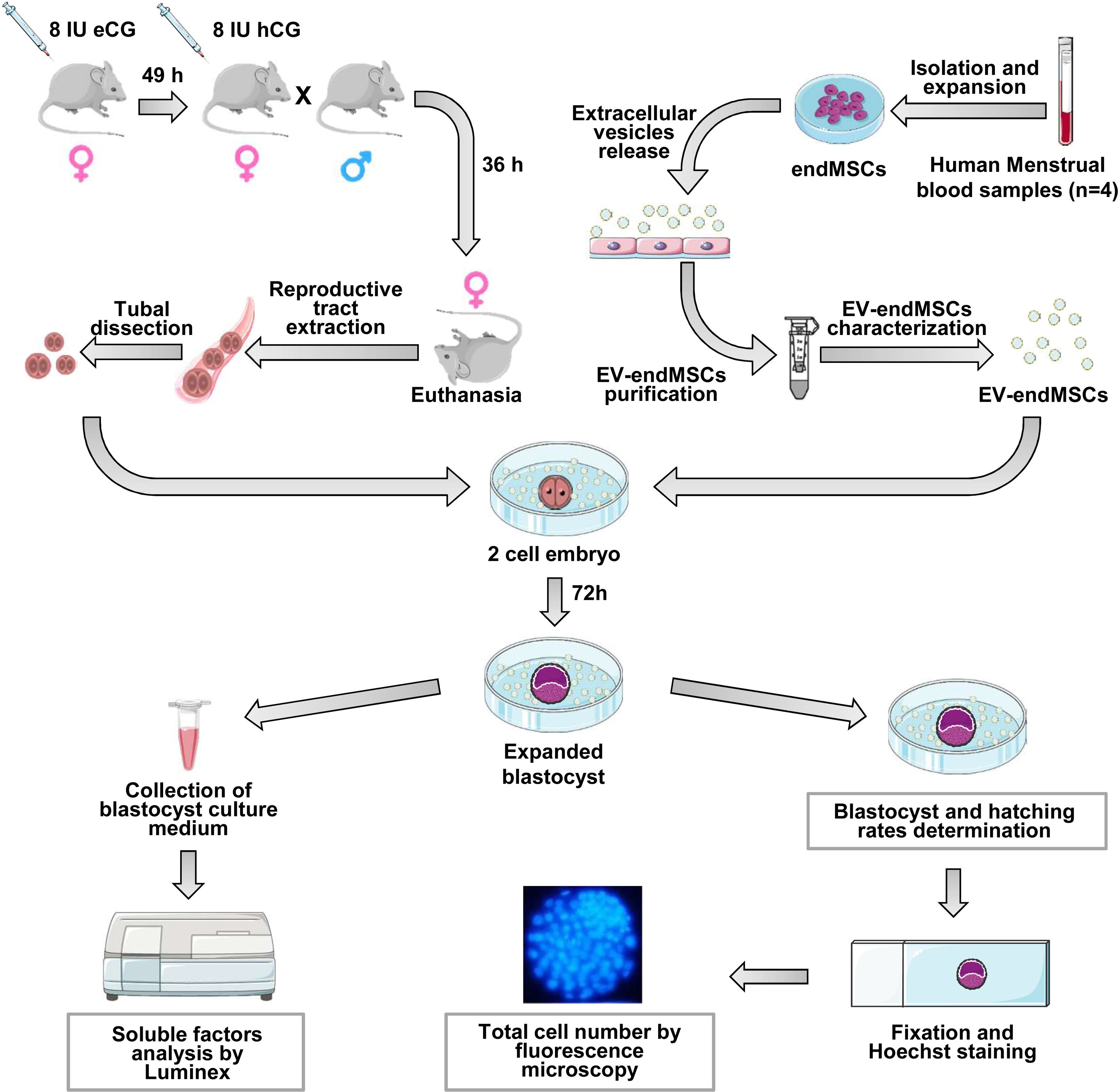New Time-Lapse Incubator for assisted reproduction research
The ICTS NANBIOSIS has expanded its capabilities with the installation and commissioning of a new equipment Time-Lapse Incubator in the CCMIJU’s Assisted Reproduction Lab.
The acquisition of the Time-Lapse Incubator is part of the project “Embryonic Genetics in Assisted Reproduction” (GENERA), co-funded by the European Regional Development Fund (ERDF) within the framework of Spain’s Plurirregional Operational Program for Singular Scientific and Technical Infrastructures (ICTS) 2014 -2020 and by Consejería de Economía, Ciencia y Agenda Cultural of Junta de Extremadura.
The objective of GENERA includes the purchase of lab equipment to expand services in the field of embryonic genetics as well as creating, editing and making traceability of embryos with high genetic value.
The first lab equipment acquired is the EPPENDORF PiezoXpert Piezoelectric-assisted micromanipulator that supports the creation and possible embryo editing, allowing easy penetration into cells for subsequent microinjection or micromanipulation.
The second one is the Time-Lapse Incubator that enables observation of embryos for accurate assessments and minimizing embryo culture stress.
The purchase of this lab equipment will offer the possibility of developing next-generation embryos, being able to face specific studies of the highest reproductive level and offering studies demanded by companies in the sector.
The project has an eligible budget of €98,000, of which the ERDF co-financing rate (80%) amounts to 78,400 and the national contribution to €21,600. It is expected to be completed in June 2023.
